
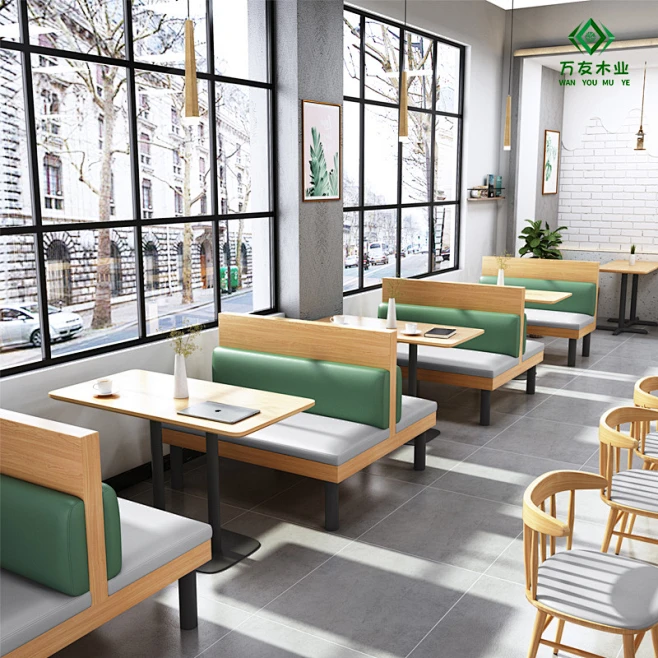
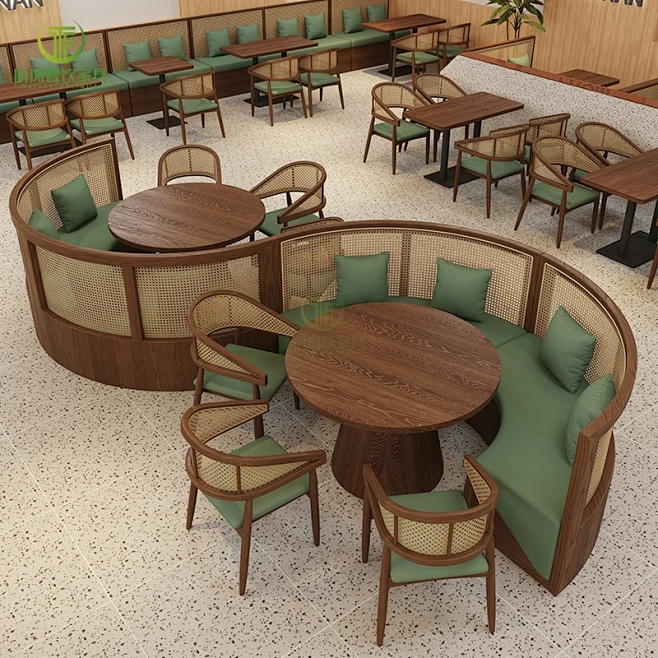
In China’s 2025 catering market, with consumption upgrading and growing demand for “experiential dining”, restaurant booths have evolved from “practical furniture” to “spatial feature symbols”. As a brand specialized in customization, Konma Furniture has found that choosing a suitable booth style can increase a restaurant’s average customer spending by 15%-20% (source: 2025 China Catering Industry White Paper). This article breaks down the mainstream design styles of restaurant booths and answers common customization questions to help you accurately match your brand positioning.
Core Features: Designed around “warm in winter and cool in summer”, suitable for mixed consumer groups in various regions, ensuring balanced usage experience across seasons. Its most distinctive feature is the exposed solid wood frame, commonly made of walnut or ash wood (moisture-resistant, adapting to the climate of rainy areas), paired with removable sponge cushions (35-40 density sponge is recommended to avoid sagging after long-term use).
Applicable Scenarios: Cantonese restaurants, Chinese private dining rooms, tea restaurants. For example, a Cantonese restaurant in the Nanshan area of a city uses Chinese-style booths with carved screens, providing diners with a “private home-like atmosphere”.
Customization Advantages: The color of solid wood can be adjusted according to the restaurant theme—light gray wood wax oil for new Chinese style, and dark brown walnut for traditional Chinese style.
Core Features: Emphasizes simple lines and elegant colors, abandoning the complicated carvings of traditional European style, making it more suitable for modern catering spaces. In 2025, light-colored booths (white, beige, light milk tea) are popular, with fabric materials enhancing affinity—common fabrics include linen and suede (treated with stain resistance to handle oil stains in restaurants).
Applicable Scenarios: Western restaurants, casual dining spots, high-end bistro, especially suitable for restaurants with an area of over 15㎡. A popular casual dining spot in the Futian area of a city uses European-style booths with thin metal legs, making a 20㎡ space look more spacious.
Design Tip: Removable back cushions can be added—thin cotton-linen cushions for summer and lamb wool cushions for winter, reducing seasonal replacement costs.
Core Features: Centered on the “comfort of being hugged”, with larger dimensions (regular width 120-150cm, depth 80-90cm), suitable for family dinners or group dining. Traditional American booths still retain the “spring + sponge” double-layer structure (8-coil pocket springs are recommended, increasing durability by 30%), while modern versions simplify to high-resilience sponge, balancing comfort and space efficiency.
Applicable Scenarios: American diners, burger joints, family-style restaurants. A hamburger restaurant in the Bao’an area of a city uses dark brown leather American booths with retro neon lights, recreating the American street dining atmosphere.
Material Suggestion: For areas with hot summers, leather booths should be designed with air vents to avoid stuffiness during long sittings.
Core Features: Emphasizes comfort, nature, and minimalism, with a signature “fence-style wooden armrest” (mostly made of white oak, finished with clear varnish to retain wood grain). It is often paired with low tables to create a “gathering-style” dining atmosphere.
Applicable Scenarios: Japanese restaurants, izakayas, casual cafes. An izakaya in the Luohu area of a city combines Japanese-style booths with tatami, offering diners an “immersive Japanese dining experience”.
Detail Optimization: For humid areas, the bottom of wooden booths should be treated for moisture resistance to extend service life.
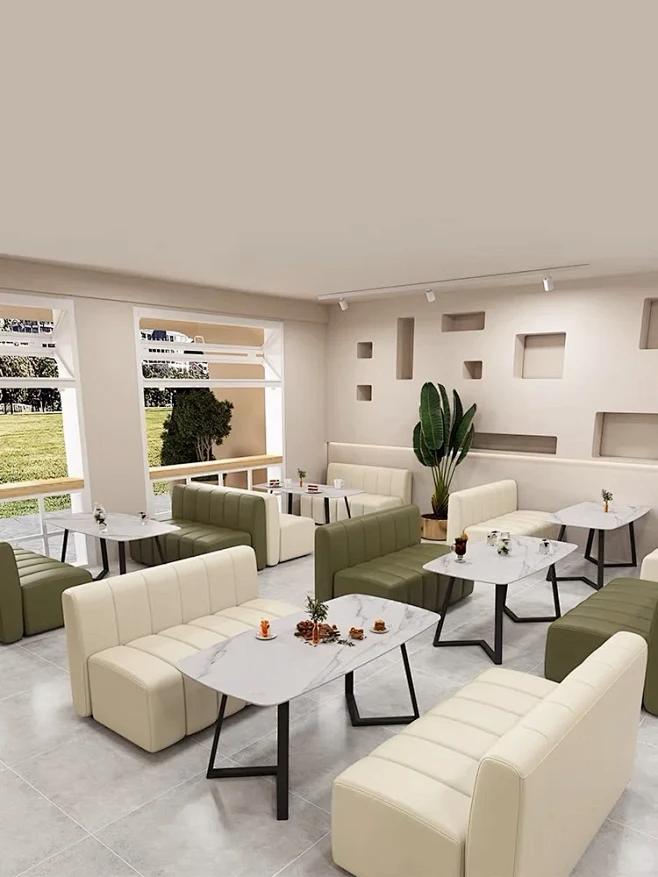
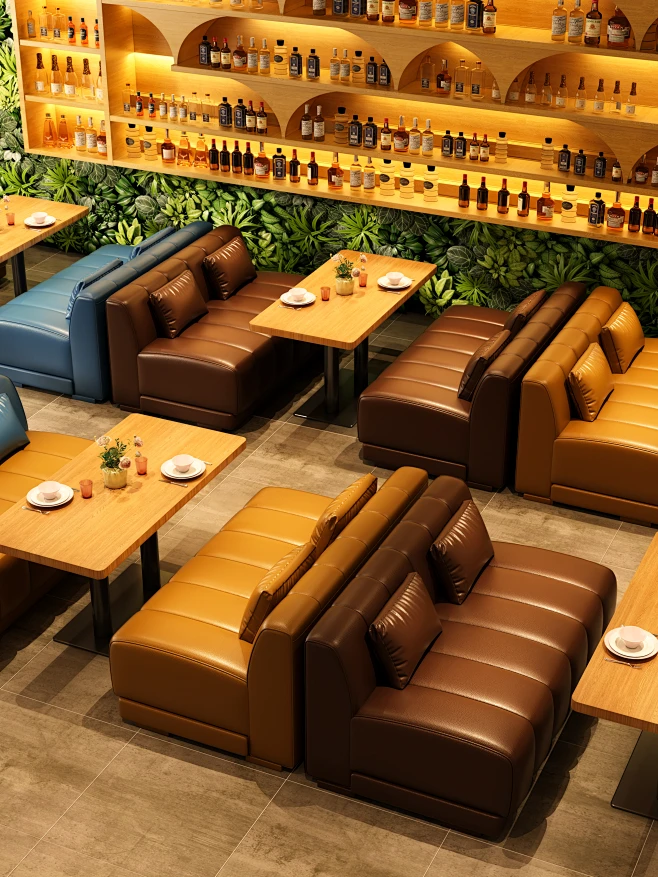
| Style Type | Core Features | Applicable Restaurant Area | Recommended Materials | Matching Suggestions |
|---|---|---|---|---|
| Chinese-Style | Solid wood frame, warm in winter & cool in summer | 10-30㎡ | Walnut/ash wood + removable sponge | Match with Chinese screens, celadon decorations |
| European-Style | Simple lines, light colors | ≥15㎡ | Linen/suede + high-resilience sponge | Match with metal chandeliers, minimalist dining tables |
| American-Style | Large size, enveloping comfort | ≥20㎡ | Leather/thick canvas + spring sponge | Match with retro posters, wooden dining tables |
| Japanese-Style | Fence armrests, natural minimalism | 8-20㎡ | White oak/pine + cotton-linen fabric | Match with tatami, small green plants |
A: Prioritize Japanese-style booths or “wall-mounted Chinese-style booths”. Japanese-style booths can be designed as “semi-embedded” to save 30% space; Chinese-style booths choose narrow models (90-100cm width) with folding tables to accommodate 2-4 diners. Konma Furniture once customized embedded Japanese-style booths for a 12㎡ Japanese restaurant, increasing space efficiency by 40%.
A: For fabrics, prioritize “stain-resistant and wear-resistant fabrics” (e.g., tech fabric, which can be wiped directly with a damp cloth) or “top-grain leather” (scratch-resistant, with a service life of over 5 years); for frames, choose solid wood (ash wood, oak) instead of MDF to avoid deformation after long-term use. A chain restaurant in the Yantian area of a city uses tech fabric European-style booths, which show no obvious wear after 2 years of use.
A: Three core types of data are required: ① Restaurant space dimensions (length, width, height, especially door frame width to prevent booths from being unable to enter); ② Dining capacity needs (to determine single-seat/double-seat/group-seat booth design); ③ Floor material (tile/wooden floor, which affects the moisture-proof treatment of the booth base). Konma Furniture provides free on-site measurement services to ensure data accuracy.
Choosing a restaurant booth style requires not only fitting spatial aesthetics but also matching brand positioning and customer needs. As a professional custom furniture brand, Konma Furniture can provide one-stop services including “material sampling + 3D renderings + on-site installation” based on your restaurant type (Chinese/European/American/Japanese), space size, and budget. If you want to learn more about real cases of a specific style, contact us to get the latest real photos.
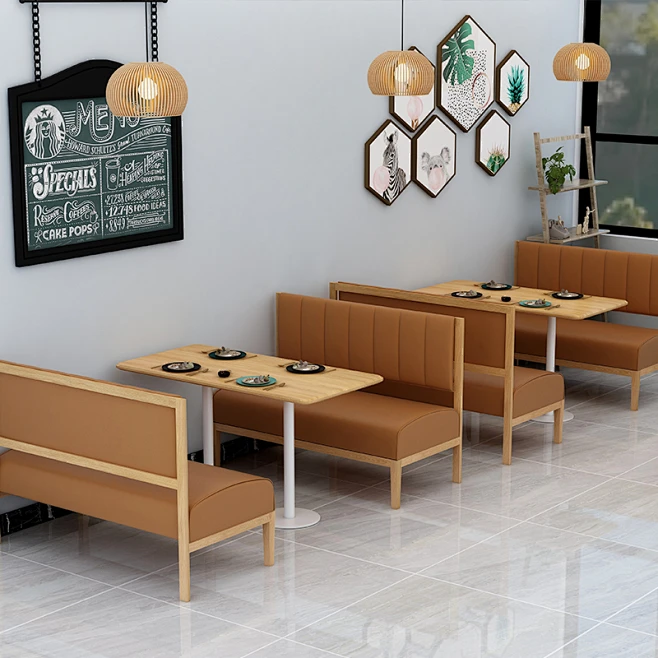
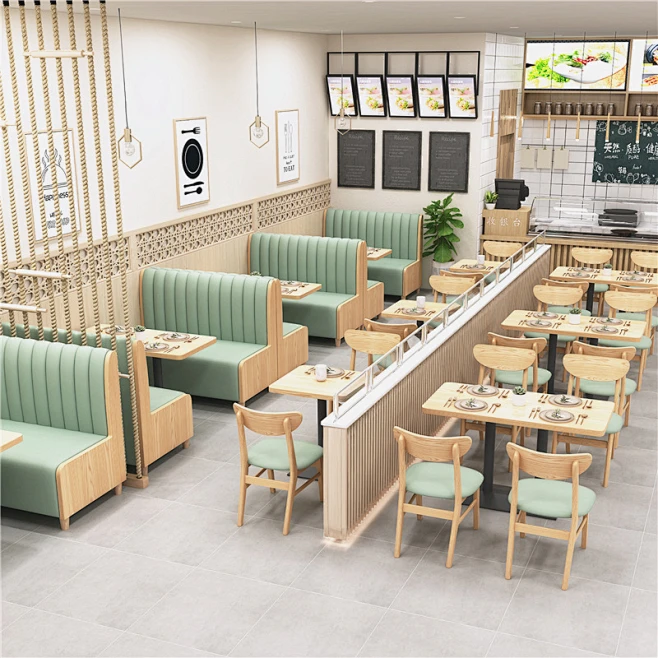
Boss Li, who just opened a Korean army hotpot restauran […]
Every home deserves a special spot where the family can […]
If you own a restaurant, you know the truth. Furniture […]
Stability Testing Beyond visual checks, conduct physica […]